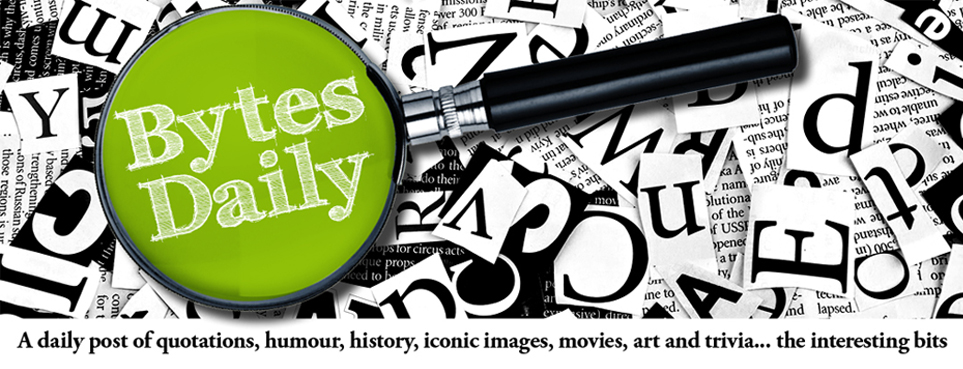-----------ooOoo-----------
A lovely client, Ruth, who is a Bytes subscriber, sent me an equally lovely letter with a set of decorative bookplates. Thank you, Ruth.
The package of bookplates contained the following blurb:
A Bookplate is a small print or decorative label placed into a book inside the front cover to indicate its owner. Bookplates typically bear a name, design or crest that relates to or is requested by the owner of the book. Historical Bookplates are of great interest either as specimens of bygone decorative fashion or as personal relics of well-known people. Nowadays they are often of a value far greater than the value of the book in which they are found affixed.
I imagine that, with the increase in the use of computers, internet, kindle, emails, the purchase of books and the reading of them has declined. It brings to mind again a cartoon I posted a few weeks ago:
Commensurately the use of bookplates, if it ever was common (which I doubt) has likely declined as well.
__________
Some comments:
Until the early 20th century, bookplates were known as ex libris (Latin for ‘from the books’ or ‘out of the library’).
The name of the owner usually follows an inscription such as "from the books of..." or "from the library of...", or in Latin, "ex libris".
In the United States, bookplates replaced book rhymes, a short poem or rhyme that was formerly printed inside the front of a book or on the flyleaf to discourage theft (similar to a book curse) or to indicate ownership. Book rhymes were fairly common in the United States during the 18th and 19th centuries. Example:
Nathaniel Ager is my name and England is my nation,Seaburgh is my dwelling-place and Christ is my salvation,When I am dead and in my Grave, and all my bones are rotten,I hope the Lord will think on me when I am long forgotten.
Book rhymes in turn replaced book curses. This was a widely employed method of discouraging the theft of manuscripts during the medieval period in Europe. The use of book curses dates back much further, to pre-Christian times, when the wrath of gods was invoked to protect books and scrolls. This was notably a time in which people believed in curses, which was critical to its effect, thus believing that, if a person stole or ripped out a page, they were destined to die an agonising death. With the introduction of the printing press, these curses instead became bookplates, which enabled users to declare ownership.
An example of a medieval rhyming curse:
Steal not this book my honest friendFor fear the gallows should be your end,And when you die the Lord will sayAnd where's the book you stole away?
A subset of book curses was the document curse, which sought to protect not the book or document but its contents. I guess this was an old equivalent of copyright.
By way of example, a scribe added a curse to the end of the Bible's Book of Revelation, which reads:
I warn everyone who hears the words of the prophecy of this book: if any one adds to them, God will add to him the plagues described in this book, and if any one takes away from the words of the book of this prophecy, God will take away his share in the tree of life in the holy city, which are described in this book.
Revelation 22:18
A document curse from an Anglo-Saxon Will written in AD 1046 reads:
And he who shall detract from my will which I have now declared in the witness of God, may he be deprived of joy on this earth, and may the Almighty Lord who created and made all creatures exclude him from the fellowship of all saints on the Day of Judgement, and may he be delivered into the abyss of hell to Satan the devil and all his accursed companions and there suffer with God's adversaries without end and never trouble my heirs.
Ornamental bookplates originated in Germany with famous artists and sculptors creating same, often by wooden carvings allowing repeated use with inks and paining, or by copper plates.
___________
Gallery:
Bookplate of Sir Charles Philip Huntington, 1912
1899 bookplate
1810 British bookplate
Ex-libris of Hungary bookplate stamp
Maximilian Liebenwein's bookplate, 1906
Ex-libris of Patrick Francis Madigan, book dealer in New York, in the background "Madigans Bookshop"
Bookplate of Edgar Rice Burroughs
Bookplate of Sir John Forrest, explorer, first premier of Western Australia, and Australian federal Cabinet Minister c 1900-1907
Some vintage bookplates:
----------ooOoo----------




















No comments:
Post a Comment
Note: Only a member of this blog may post a comment.